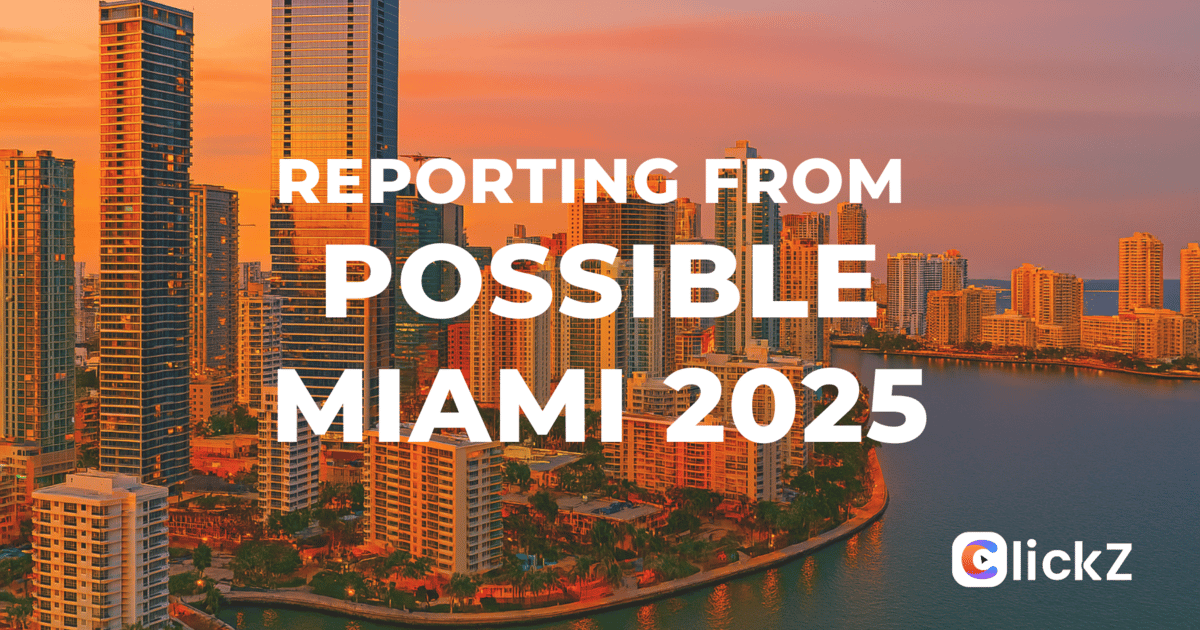Most marketing segmentation strategies are based on past behavior. But what if the future of brand growth lives in a different place entirely in the minds of consumers who are open to change, but haven’t made it yet?
At POSSIBLE 2025, CVS and MMA Global laid out a bold challenge to legacy audience strategy: stop spending on your loyalists and stop wasting media on people who will never care. Instead, focus everything on the middle the segment that could move if you actually gave them a reason to.
This is the essence of the Movable Middles Growth Framework (MMGF): a new approach to targeting rooted in neuroscience, behavioral intent, and media efficiency.
Why Traditional Targeting Falls Short
Greg Stuart opened the session with a jarring example: the famous “invisible gorilla” video a neuroscience experiment that shows how people miss obvious things when their brain decides it’s not relevant. He used it to illustrate a core issue in marketing: most consumers don’t “miss” ads because they’re distracted they miss them because their brains filter them out.
MMA research found that this effect is strongest among people who simply aren’t open to a brand. Their brains decide not to process the message, and no amount of creative will change that. These are the unmovables and marketers often overspend trying to reach them.
At the other extreme are loyalists, who need no persuasion. The insight: the only segment that truly drives incremental return is the movable middle those with a 20–80% propensity to consider your brand.
CVS and the Real-World Test
CVS was one of the earliest adopters of MMGF. As CMO Erin Condon explained, CVS operates at massive scale over 9,000 locations, 65 million ExtraCare members, and deep access to both transactional and behavioral data. But data alone wasn’t enough to improve performance.
Condon and her team wanted to better understand which audiences were actually responsive to advertising not just reachable. So they partnered with MMA to layer in behavioral signals and apply the MMGF segmentation model across campaign planning.
The result: CVS restructured its media strategy around the audiences most likely to be influenced. That meant moving away from one-size-fits-all segmentation and embracing propensity modeling tied to brand favorability.
Testing the Framework: From Concept to Incrementality
Diego Vaccarezza, VP of Enterprise Media at CVS Health, detailed how the team operationalized the strategy. Starting with a key category, beauty, they identified customers who shopped that category elsewhere but showed high responsiveness potential at CVS.
Using third-party data and addressable media, they ran A/B tests: one group targeted using legacy methods, the other using the MMGF model.
The results were consistent across every test: 10–20% higher performance from MMGF segments. In some cases, the lift came from increased transactions. In others, it came from deeper category engagement or broader share-of-wallet shifts. The insight: even a single additional trip per year from a high-potential audience had significant business impact.
The Favorables Model: Layering in Brand Affinity
CVS also introduced a second layer: the Favorables Model. This approach uses survey data and identity resolution to create a national map of brand favorability identifying which individuals feel positive about CVS, even if they haven’t converted yet.
By combining behavioral and attitudinal data, the team was able to classify nearly 100 million U.S. adults into tiers of brand responsiveness a move that helped refine creative, adjust spend allocation, and identify untapped growth segments.
Early campaigns using the Favorables Model drove:
58% lift in ROAS
43% increase in engagement
25% of incremental sales from entirely new customers
How the Strategy Changed the Marketing Org
Beyond performance, the shift to audience-first planning improved CVS’s internal operations. Campaigns became easier to plan and scale. Personalization was clearer. Time-to-launch decreased. And, as Condon put it, teams no longer needed to “rebuild the wheel” for every initiative.
But there were also internal change management challenges. Teams had to rethink their workflow, adjust to new campaign inputs, and rebuild around responsiveness, not reach. That shift wasn’t just technical it was cultural.
What Comes Next
Both speakers were clear: this is just the beginning. The next frontier is localization, creative testing, and integrating influencer and creator data to refine brand favorability models. As media costs rise and attention spans drop, relevance must be earned not assumed.
CVS and MMA believe the brands that win will be the ones that speak to the right people, with the right message, at the right time and stop spending on the rest.
📲 Like what you’re seeing?
💬 Want to swap ideas or talk strategy while you're here?
Book a quick meeting with the ClickZ team — we'd love to hear what you're working on.
Heads up! To ensure you continue receiving our newsletters, please add [email protected] to your contact list!
Independently Created. Not affiliated with POSSIBLE.

ClickZ is a ClickZ Media publication in the Events division



